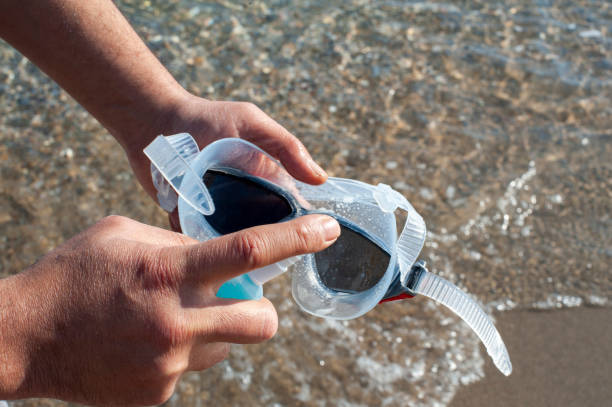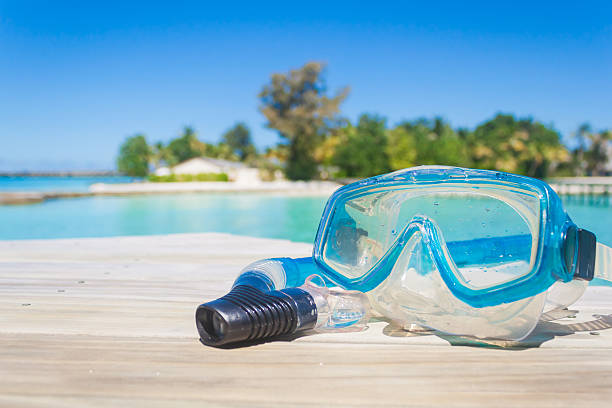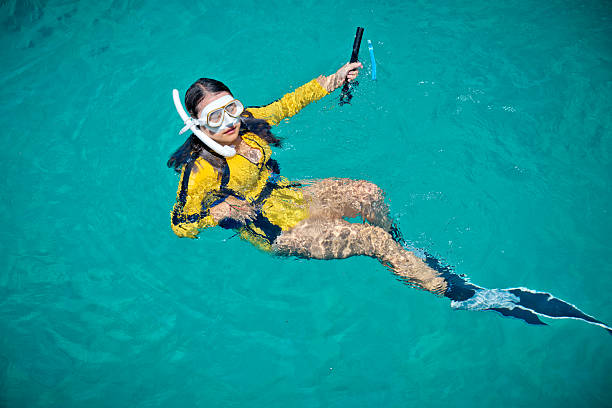Óculos de natação não são apenas acessórios; são equipamentos essenciais que podem fazer a diferença na sua experiência de natação. Seja para mergulhar em competições de natação ou simplesmente para desfrutar de um mergulho tranquilo na sua piscina local, ter o par certo de óculos pode melhorar significativamente sua visibilidade debaixo d'água e proteger seus olhos do cloro e dos raios UV. Neste guia completo, exploraremos tudo o que você precisa saber para escolher os melhores óculos de natação para máxima visibilidade e proteção.
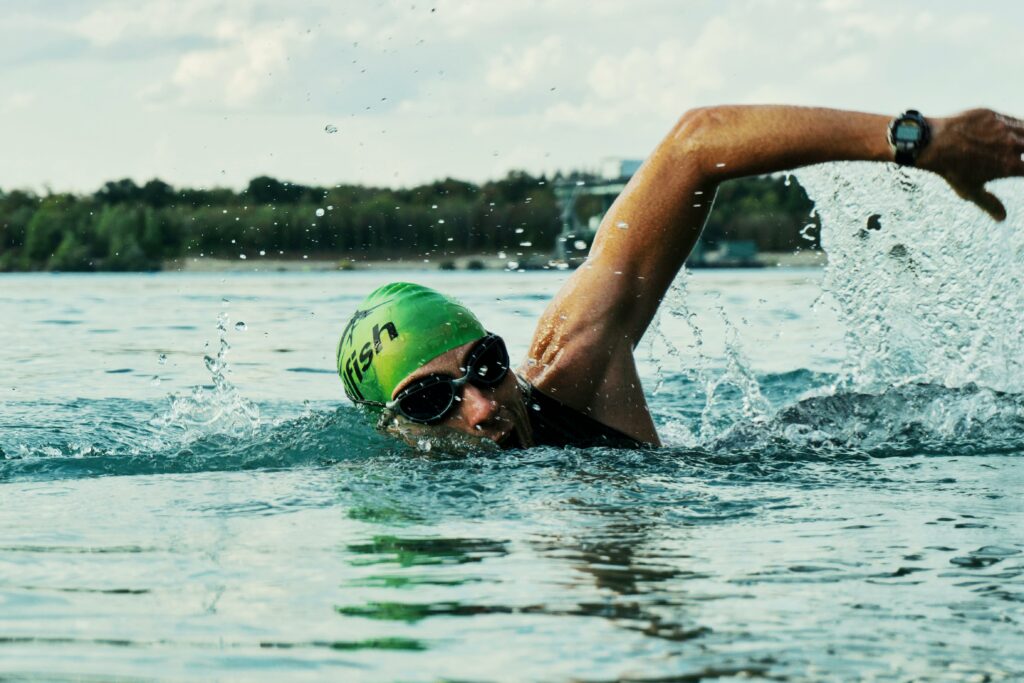
Importância dos óculos de natação
Nadar sem óculos de proteção pode ser desconfortável e potencialmente prejudicial aos olhos. O cloro na água da piscina pode irritar e ressecar os olhos, enquanto os raios UV do sol podem causar danos a longo prazo. Os óculos de proteção criam uma barreira que impede a entrada de água e protege os olhos desses elementos, permitindo que você nade com clareza e confiança.
Tipos de óculos de natação
Diferentes tipos de óculos de natação podem melhorar significativamente sua experiência de natação. Seja para uma competição ou para dar voltas tranquilas, escolher os óculos certos faz toda a diferença.
Óculos de natação recreativos
Projetados para nadadores casuais, os óculos recreativos priorizam o conforto e a facilidade de uso em detrimento de recursos avançados. Normalmente, possuem vedações mais macias e lentes maiores para um campo de visão mais amplo. Embora ideais para natação de lazer, podem não ter a durabilidade e os recursos avançados dos óculos de competição.
Óculos de natação competitivos
Projetados para desempenho, os óculos de competição são aerodinâmicos e oferecem hidrodinâmica superior. Geralmente, apresentam designs de perfil baixo, vedações firmes e revestimentos de lentes especializados para arrasto mínimo e visibilidade ideal. Óculos de competição são os preferidos por nadadores que buscam economizar segundos em provas.
Principais recursos a serem procurados
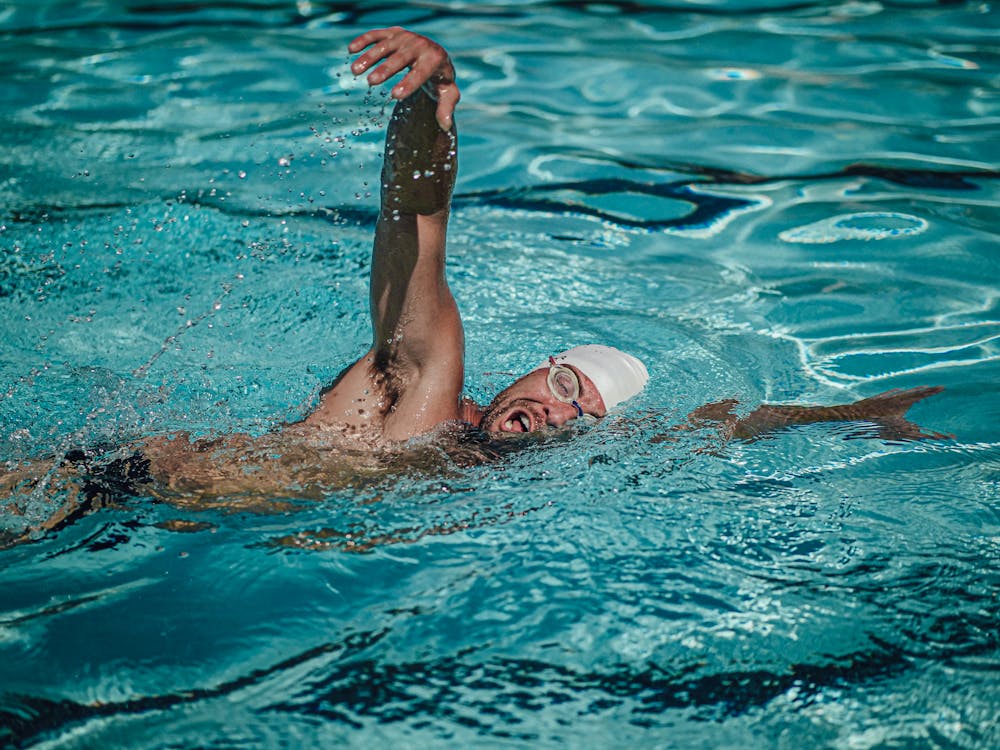
O par perfeito de óculos de natação envolve considerar diversas características cruciais que podem impactar seu conforto, desempenho e prazer geral na água. Veja o que priorizar ao comprar óculos de natação:
Material da lente
- Lentes de policarbonato: Conhecidos por sua durabilidade e resistência ao impacto.
- Lentes espelhadas: Reflita a luz para longe dos olhos, reduzindo o brilho em condições de muita luz.
Proteção UV
A proteção UV é essencial para nadar ao ar livre, protegendo seus olhos dos raios solares nocivos que podem causar catarata e outras doenças oculares ao longo do tempo.
Revestimento antiembaçante
Um revestimento antiembaçante evita o acúmulo de condensação dentro dos óculos, garantindo uma visão clara durante toda a sessão de natação.
Design à prova de vazamentos
Óculos com vedação firme e confortável evitam a entrada de água, mantendo a clareza e reduzindo a necessidade de reajustes constantes.
Conforto e ajuste
Um bom ajuste é essencial para conforto e desempenho. Procure alças ajustáveis e designs ergonômicos que se adaptem ao formato do seu rosto sem causar desconforto.
Alça e ajustabilidade
Óculos com tiras fáceis de ajustar permitem um ajuste personalizado, garantindo que fiquem firmemente no lugar durante sessões vigorosas de natação.
Melhores óculos de natação avaliados
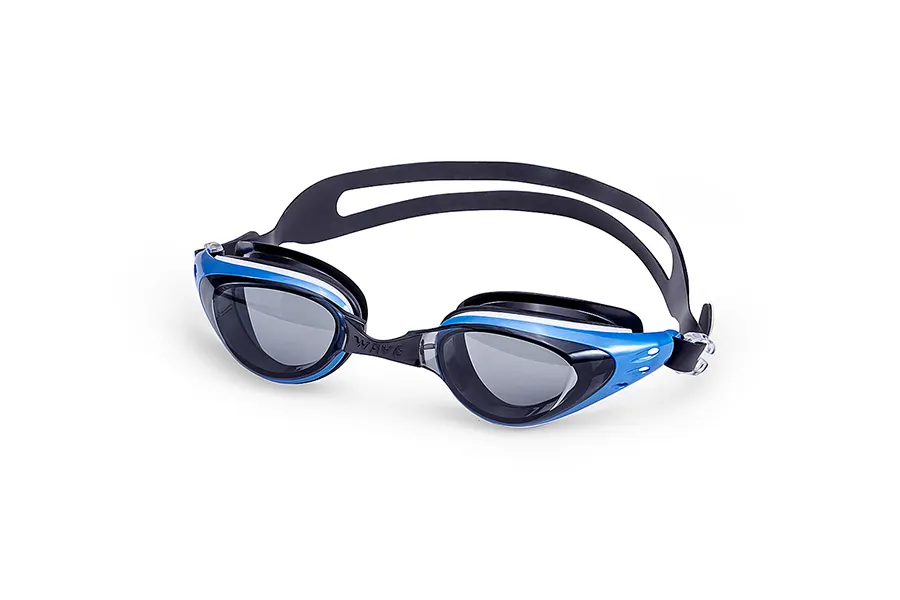
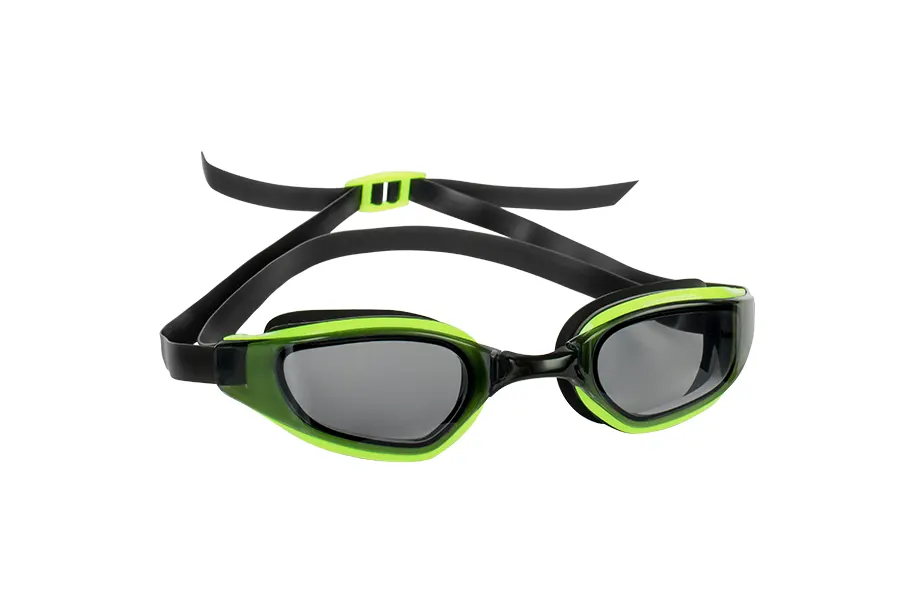

Aqui estão 3 marcas de óculos de natação que avaliamos e recomendamos.
Óculos de natação Vanguard
Óculos de proteção Vanguard São confeccionados com lentes de policarbonato de alta qualidade que oferecem excelente nitidez debaixo d'água. Contam com proteção UV e um revestimento antiembaçante eficaz para garantir uma visão nítida durante todo o mergulho.
- Motivo para comprar: Ajuste confortável, construção durável, adequado para nadadores recreativos e competitivos.
Óculos de natação Speedo
Os óculos de natação Speedo são famosos por seu design hidrodinâmico e lentes espelhadas, que reduzem o brilho em condições de muita luz. Eles contam com vedação à prova de vazamentos e tiras ajustáveis para um ajuste seguro.
- Motivo para comprar: Design elegante, desempenho antiembaçante superior, ideal para natação ao ar livre.
Óculos de natação TYR
Os óculos TYR oferecem um perfil elegante com ampla visão periférica. Eles vêm com diversas opções de ponte nasal para ajuste personalizado e são projetados para nadadores competitivos que buscam desempenho ideal.
- Motivo para comprar: Leve e confortável, excelente visão periférica, adequado para longas sessões de treinamento.
Como fazer a manutenção dos seus óculos de natação?
Para prolongar a vida útil dos seus óculos de natação:
- Enxágue após o uso: Enxágue os óculos em água doce após nadar para remover o cloro e a água salgada.
- Armazene adequadamente: Guarde os óculos em um estojo protetor para evitar arranhões e danos.
- Evite tocar na parte interna das lentes: Minimize o toque na parte interna das lentes para preservar o revestimento antiembaçante.
Conclusão
Escolher os melhores óculos de natação envolve equilibrar fatores como ajuste, tipo de lente e uso pretendido. Seja para nadar por lazer ou competição, priorize o conforto, a visibilidade e a proteção contra raios UV e cloro. Com o par de óculos certo, você pode desfrutar de uma visão nítida debaixo d'água e nadar com confiança.
Perguntas frequentes sobre óculos de natação
P1: Como posso evitar que os óculos de natação embaçam?
Para evitar o embaçamento, certifique-se de que seus óculos tenham um revestimento antiembaçante. Além disso, evite tocar na parte interna das lentes e enxágue-as com água doce antes de cada uso.
P2: Óculos de natação espelhados são melhores que os transparentes?
Óculos espelhados são ideais para ambientes externos com muita luz, pois reduzem o ofuscamento. Óculos transparentes são mais adequados para natação em ambientes fechados ou em condições de pouca luz.
P3: Com que frequência devo substituir meus óculos de natação?
Troque seus óculos de proteção quando as vedações estiverem gastas ou as lentes perderem a transparência. Em média, isso pode ocorrer a cada 6 a 12 meses, dependendo da frequência de uso.
P4: Posso usar lentes de contato por baixo dos óculos de natação?
Sim, você pode usar lentes de contato por baixo dos óculos de natação, mas certifique-se de que os óculos estejam bem ajustados para evitar que a água entre e irrite seus olhos.
P5: O que devo fazer se houver vazamento de água nos meus óculos de natação?
Ajuste as tiras para garantir uma vedação mais firme ao redor dos olhos. Se o vazamento persistir, verifique se há rachaduras na armação dos óculos ou se as vedações estão desgastadas e podem precisar ser substituídas.
